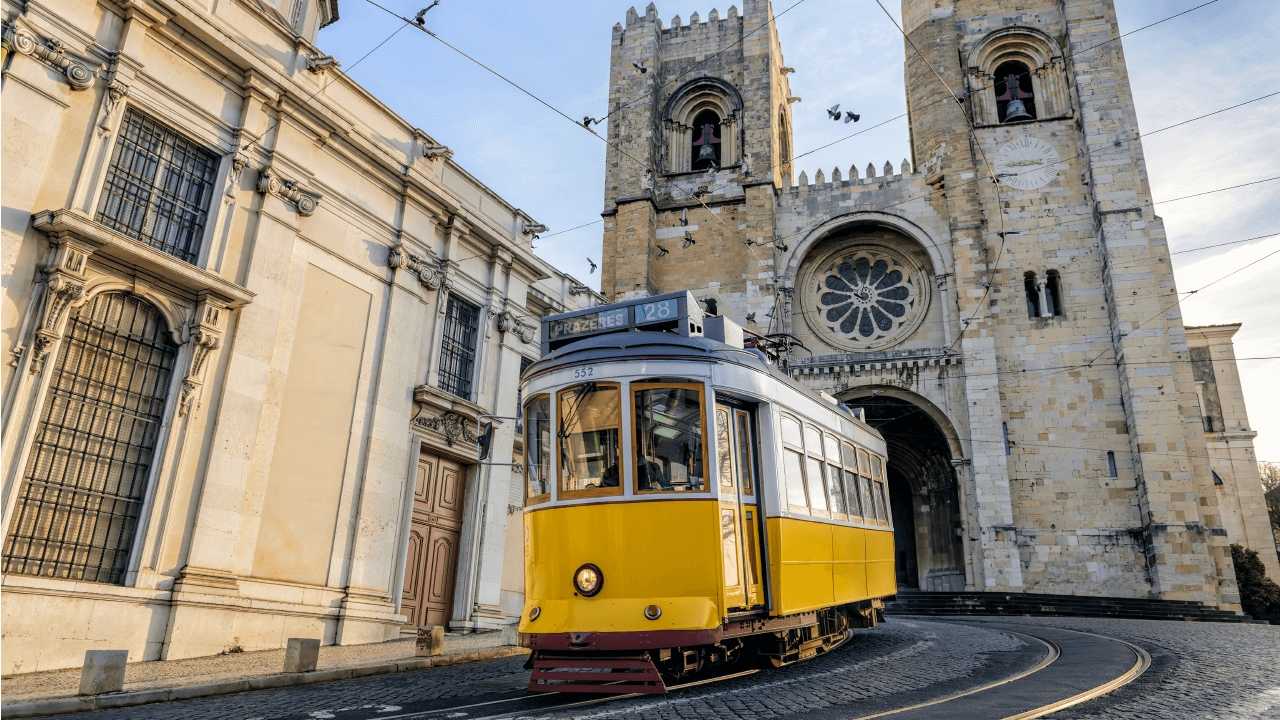Exploring Lisbon with Tram 28
Lisbon, the hilly capital of Portugal, is known for its stunning architecture, vibrant culture, and historic neighborhoods. One of the most iconic ways to explore the city is by hopping on Tram 28. This vintage tram line offers a scenic and convenient way to see some of Lisbon’s most famous sights. Whether you’re a first-time visitor or a seasoned traveler, understanding how to navigate Tram 28 can enhance your Lisbon experience.
Understanding Tram 28
Tram 28 is a classic yellow tram that winds its way through the narrow streets and steep hills of Lisbon. It connects Martim Moniz in the city center to Campo de Ourique, passing through several key neighborhoods, including Alfama, Baixa, and Estrela. The tram is not just a tourist attraction; it’s also a vital part of the city’s public transport system, used by locals and visitors alike.
The tram operates daily, typically from early morning until late evening. However, it’s important to note that Tram 28 is extremely popular, especially during peak tourist seasons. This means it can get quite crowded, so it’s advisable to plan your trip during off-peak hours if possible. Early mornings or late afternoons are usually less busy times to ride.
Tips for Riding Tram 28
- Tickets and Passes: You can purchase tickets directly from the driver, but it’s often more convenient and cost-effective to buy a 24-hour public transport pass. This pass allows unlimited travel on trams, buses, and the metro, making it a great option if you plan to explore more of Lisbon’s public transport network. You can buy these passes at metro stations or kiosks.
- Best Time to Ride: To avoid the crowds, try to board the tram early in the morning or later in the afternoon. If you want a seat, consider starting your journey at the Martim Moniz terminal, where the tram begins its route. This way, you can secure a spot before the tram fills up.
- Safety and Security: Like any popular tourist attraction, Tram 28 can be a target for pickpockets. Keep your belongings secure and be aware of your surroundings. It’s a good idea to carry a small bag that you can keep in front of you and to avoid displaying valuables.
Must-See Stops Along the Route
Tram 28 passes by several of Lisbon’s most iconic landmarks and neighborhoods. Here are a few stops you shouldn’t miss:
- Alfama: This is one of Lisbon’s oldest neighborhoods, known for its narrow, winding streets and traditional Fado music. Get off at the Miradouro de Santa Luzia for stunning views of the city and the Tagus River.
- Sé Cathedral: Located near the Alfama district, the Sé Cathedral is Lisbon’s oldest church. Its Romanesque architecture and historical significance make it a worthwhile stop.
- Bairro Alto: Known for its vibrant nightlife, Bairro Alto is a great place to explore during the day as well. The tram passes through this lively neighborhood, offering a glimpse of its colorful buildings and bustling streets.
- Estrela Basilica: This beautiful basilica is a highlight of the Estrela district. Its impressive dome and baroque architecture are a must-see for architecture enthusiasts.
- Campo de Ourique: The final stop on the route, Campo de Ourique is a charming neighborhood with a local feel. It’s a great place to explore local shops and cafes away from the tourist crowds.
Riding Tram 28 is more than just a means of transportation; it’s an experience in itself. The tram’s vintage charm and the scenic route it takes through Lisbon’s historic neighborhoods make it a memorable part of any visit to the city. By understanding how to navigate the tram and knowing what to expect, you can make the most of your journey and discover the beauty of Lisbon from a unique perspective.
